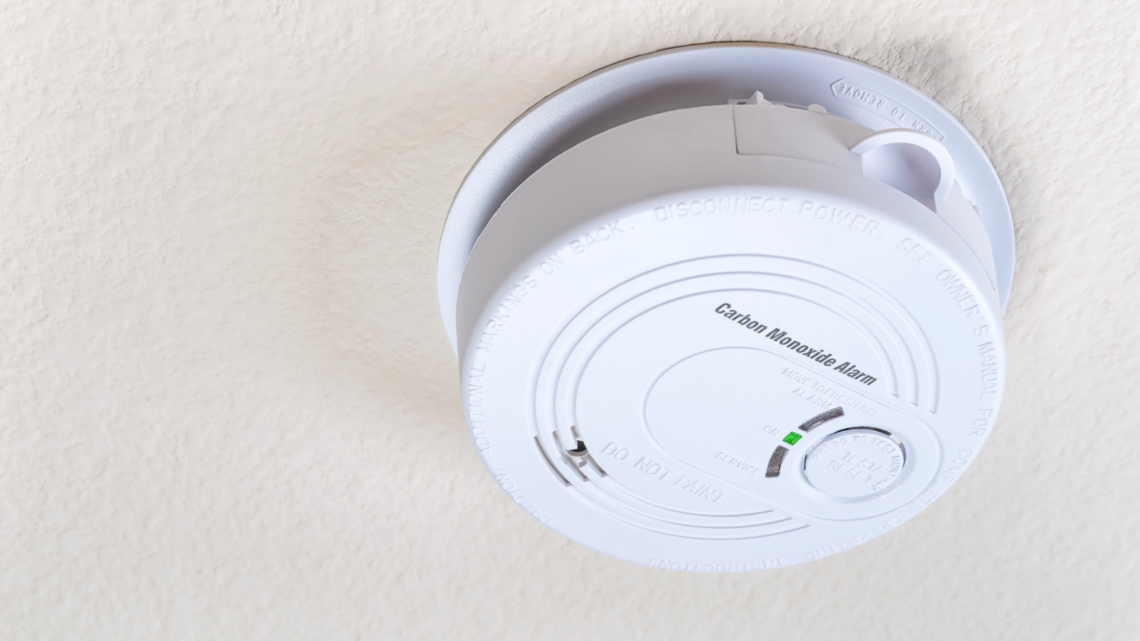
Carbon Monoxide Poisoning During Winter
As the winter season deepens, Vancouver Coastal Health is intensifying its efforts to raise public awareness about the dangers of carbon monoxide (CO) poisoning. This colourless, odourless gas poses a significant risk to health, particularly during the colder months (although it can occur at any time if careful steps aren’t taken.) This is why understanding the signs, symptoms, and preventive measures of carbon monoxide poisoning is crucial for ensuring the safety of individuals and families.
Signs and Symptoms of Carbon Monoxide Poisoning
Carbon monoxide is notoriously difficult to detect without having proper equipment due to its lack of colour and odour. Exposure to carbon monoxide can lead to a wide range of symptoms, which can often be mistaken for flu or food poisoning. These include:
- Headache
- Dizziness
- Weakness
- Nausea or vomiting
- Shortness of breath
- Confusion
- Blurred vision
- Loss of consciousness
In severe cases, prolonged exposure to CO can also lead to brain damage, or even death. Immediate medical attention is crucial when carbon monoxide poisoning is suspected.
Why Is Carbon Monoxide Poisoning More Common in Winter?
During the winter season, people tend to keep their homes tightly sealed in effort to conserve heat. This reduction in ventilation can increase the risk of CO build-up, especially when using certain types of heating sources. Common sources of carbon monoxide include:
- Faulty or improperly vented furnaces, boilers, and water heaters
- Gas stoves and ovens
- Fireplaces (both wood-burning and gas)
- Portable generators
- Car exhaust from attached garages
Preventive Measures
Carbon Monoxide Detectors
Installing carbon monoxide detectors on every level of your home, especially near sleeping areas, is one of the most effective ways to prevent CO poisoning. These detectors should be tested regularly, and batteries should be replaced every 6 months. (A good rule of thumb is to replace batteries during Daylight Saving Time adjustments – when setting our clocks back in the fall and moving them forward in the spring.)
Heating System Inspection
Annual inspection of your home’s heating system, water heater, and any gas, oil, or coal-burning appliances by a qualified technician is vital. This ensures that these systems are functioning safely and correctly.
Safe Use of Heating Equipment
- Avoid Indoor Use of Portable Heaters: Do not use kerosene or propane heaters in enclosed spaces. These devices consume oxygen and produce carbon monoxide as a by-product.
- Kitchen Ovens Are Not Heaters: Never use a gas kitchen oven to heat your home. This can lead to a build-up of CO inside your house.
- Indoor Burning Is Dangerous: Burning charcoal or using a grill indoors can produce lethal levels of carbon monoxide.
- Generator and Pressure Washer Safety: Ensure that power generators or pressure washers are not placed near windows, doors, or vents, to prevent CO from entering the home.
- Beware of Methylene Chloride: Avoid using paint removers that contain methylene chloride, especially around children. In the body, methylene chloride converts to carbon monoxide, which can be harmful.
The Importance of Awareness and Action
Vancouver Coastal Health’s emphasis on the dangers of carbon monoxide during winter highlights the need for vigilance and proactive measures. By understanding the risks, recognizing the symptoms, and taking preventive steps, individuals can significantly reduce the likelihood of CO poisoning.
Remember, carbon monoxide poisoning is preventable. Stay informed, stay prepared, and ensure your home is safe this winter.
You can learn more about CO poisoning and how to protect your home via HealthLink BC.

